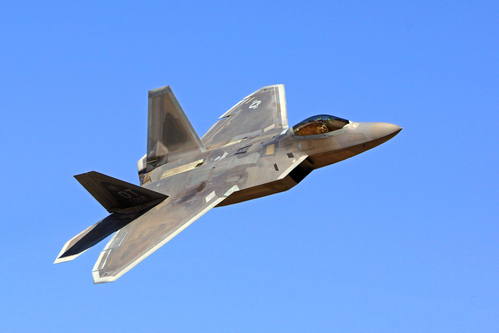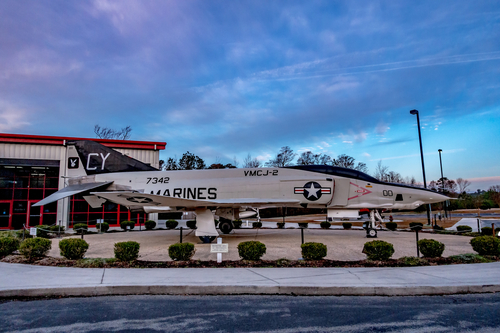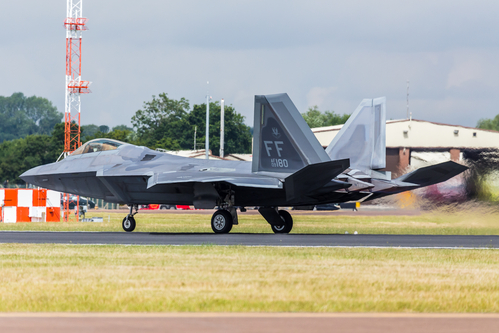
About Ten years ago, two F-4 Phantom II fighter jets belonging to the Iranian Air Force, which had been in use since the 1960s, were sent to intercept a U.S. Air Force MQ-1 Predator drone.

However, they were unexpectedly intercepted by an F-22 Raptor.

During the Iran-Iraq War in the 1980s, Tehran heavily invested in its domestic manufacturing capabilities.

Iran tasked engineers with reverse engineering and developing components for fighter jets, including the Phantom.

To maintain its rapidly aging fleet, Iran relies on domestically produced parts such as glide weapons, improvised electric components, and anti-ship missiles.

With only 186 operational airframes produced before the termination of its production in 2011, the F-22 has become a prized yet limited asset of the US Air Force.

“Now the United States faces concerns about its dwindling fleet of F-22 Raptors that were once intended to replace the F-15 outright,” Alex Hollings wrote for Business Insider.

“Only around 130 of those 186 delivered F-22s were ever operational, and today the number of combat-ready F-22s is likely in the double digits.”

“But America needs an air superiority fighter that can stand and swing with the best in the world,” Hollings wrote, “and as capable as the F-15EX II may be, it lacks the stealth it would need to survive an open war with a nation like China or Russia.”

“In a report submitted to Congress in 2017, it was estimated that restarting F-22 production would cost the United States $50 billion just to procure 194 more fighters,” Hollings wrote.

“That breaks down to between $206 and $216 million per fighter, as compared to the F-25’s current price of around $80 million per airframe and the F-15EX’s per-unit price of approximately $88 million.”

As the narrative goes, one of the Raptors maneuvered undetected beneath the Iranian aircraft, surveilled their loadout, and then revealed itself, pulling up beside the F-4 and radioing a clear message: “You really ought to go home.”

As previously reported by The National Interest’s Eli Fuhrman, “The incident demonstrates the impressive stealth characteristics of the Raptor, which was able to approach the two Iranian fighters undetected and scout out their arsenals, before scaring them off.”

As Harrison Kass, explained, “The Iranians flying in Vietnam War-era F-4 Phantoms were ill-equipped to match an F-22. Granted, the F-4 was a capable airframe – the most produced American supersonic military aircraft ever – but it first flew in 1958. The F-22, on the other hand, was an up-to-date, 21st century marvel.”

To borrow a term from President Barack Obama, it seems like the U.S. pilots in the most advanced aircraft simply went up against the “JV team,” operating antiquated equipment.
